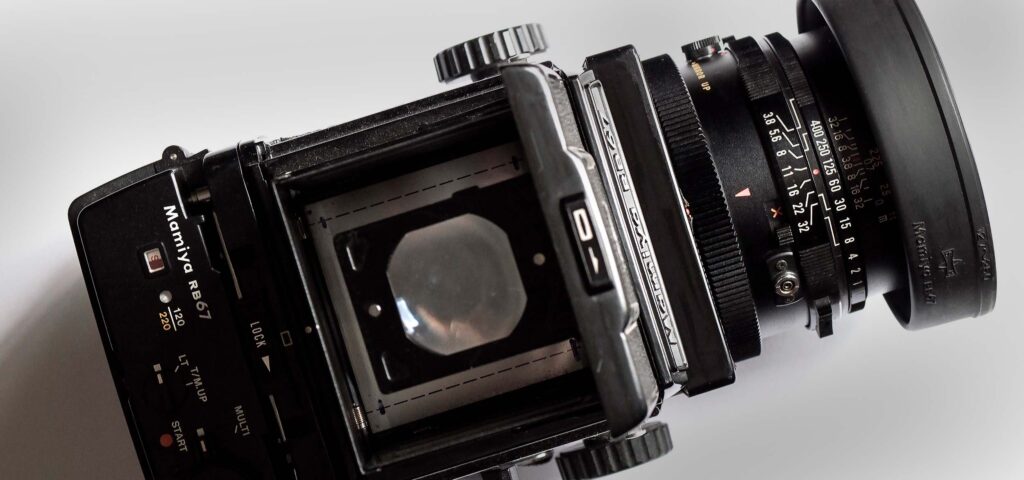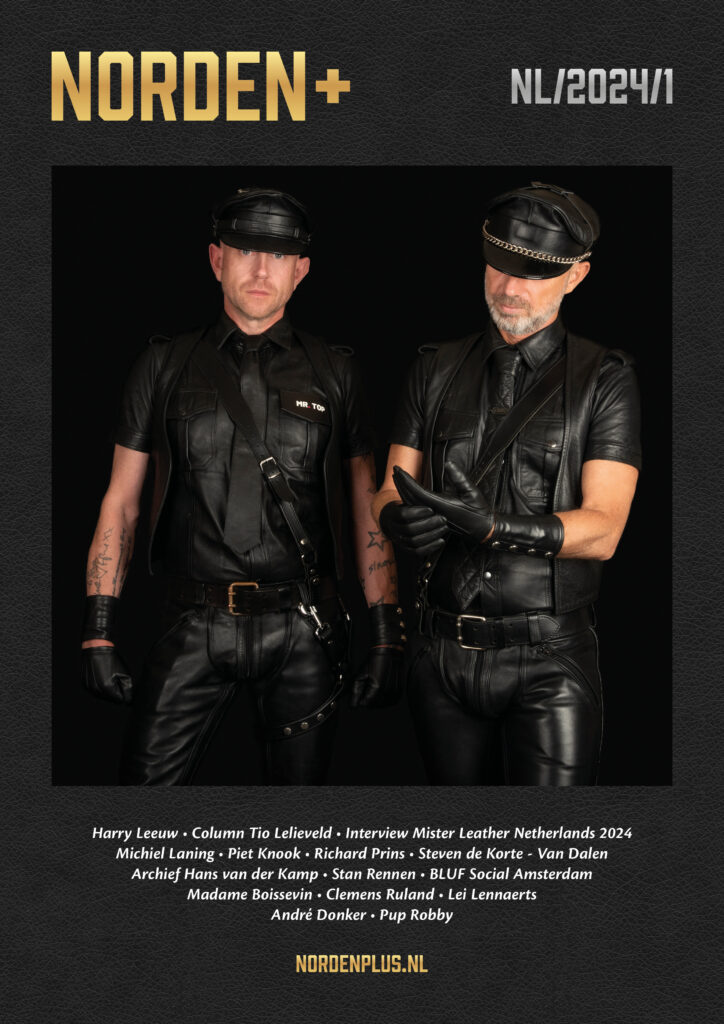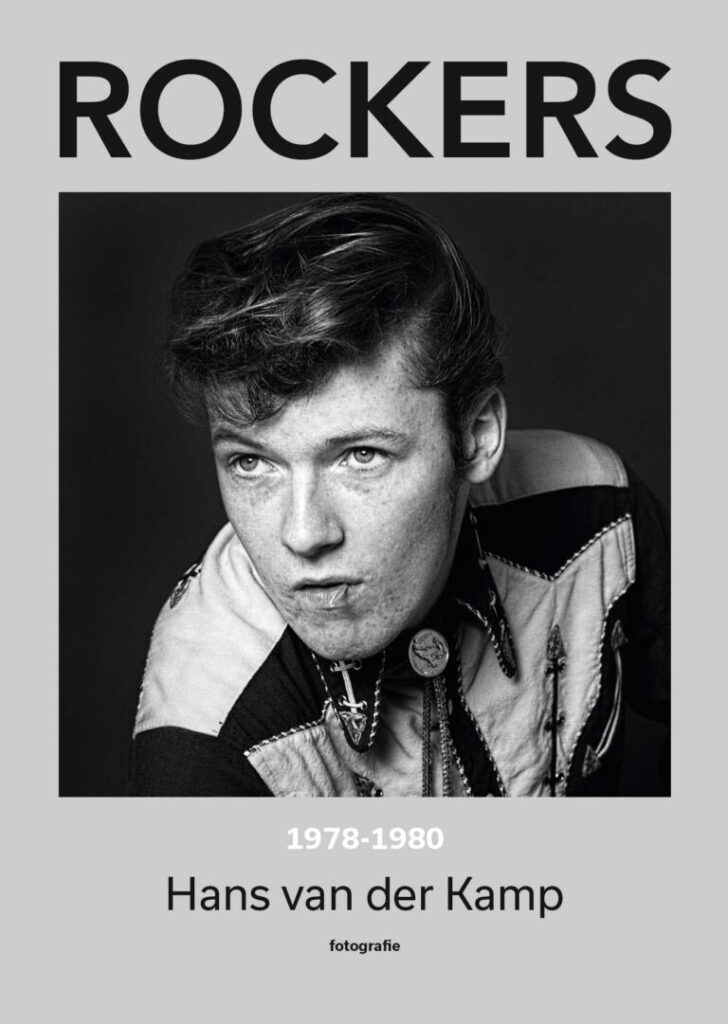
Ages ago, it seems, I was sent to New York to interview and photograph Art Kane and Ralph Gibson for a magazine called Zero. I really felt on top of things. It was the first time I boarded an airplane. I went to Art Kane first and his British assistant tried to shoe me away, but I finally got in because I made a remark about the only book in Kane’s studio: Portnoy’s Complaint. Kane talked about his life until he was simply too tired to speak.
A few days later I knocked on Ralph Gibson’s door in Soho, a completely different kind of photographer. Whereas Kane was also an art director and a musician, Gibson seemed to focus solely on photography and Lustrum Press, specialized in photography books. They had one thing in common though, they both drove a BMW, which was amazing to me. Why on earth would anybody in a predominantly Jewish city drive a German car? I was too afraid to ask. It just stuck with me as odd.
Whereas Art Kane at that point in his life seemed to be more drawn to his piano than to his camera, Ralph Gibson was all into photography, and he gave me two meetings of two hours I believe, and I flew home with three hours Gibson on tape and one hour Art Kane, only to find out that Zero was about to go under. The Kane interview was published and the Gibson interview never saw the light of day.
Both men were obviously fascinating, but my talks with Gibson really put a hook in me. Up to this day, I remember most of what he told me about photography. He was obviously an intellectual and somewhat of a philosopher too, which was a new experience for me. Most photographers I had spoken with before him were more about making money than creating new insights on photography. Helmut Newton for instance was a great photographer, but also a very savvy businessman.
I was a bit jealous of Gibson, too. He owned about eight Leica cameras and I owned only one camera, a Minolta XM. A camera that was somehow faithful to me for over 20 years. I even had a name for it. Prima Donna. This was because the camera had an electronic system that was quite rare in these days. (End of the seventies, early eighties.) The light meter would occasionally work, but often failed. So I learned to judge the light with my own eyes. That is how the camera became dear to me. I like things that are half broken, I am half broken myself.
I rarely name my cameras, but I do so occasionally. Being somewhat allergic to the chemicals used to develop prints in the dark room and being a bit claustrophobic on top of that, I immediately switched to a digital camera in 2000. It was a Nikon D1. It was expensive and your average smartphone today has more qualities than the D1 had back then, but I fell in love with it anyhow. Not enough to name it, though.
Years later I bought the Nikon D3 and I named it. Bella Donna. Soon after purchasing it I dropped it once and after that I had occasional issues with the tiny computer in it. Once again I owned a camera that was half broken and that must have been the reason I gave it a name.
In 2019 came the pandemic, and just before that I had switched to the Nikon 810. It works fine. I never saw a reason to give it a name. I even share it with my partner, who is a botanic photographer. That is rare for me. I don’t like sharing cameras. Maybe I can share this camera because it is definitely not ‘half broken’. It works like a Swiss watch, so it has become a tool. I am not protective about it.
Most assignments were canceled during the pandemic and I had time enough to really think about my photography and specifically what digital photography had brought me. My conclusion was that my work had become too sterile and with the help of Photoshop I had entered a field that is best described as glamour photography.
I went shopping for an old analogue camera. I tried the Nikon F2, the camera I first worked with as an assistant photographer, then the F3, but they did not feel too good. Then I discovered the F4. I never had one when they first came out, simply because they were too expensive for me. Now they were about 200 USD. I ended up buying a few. Most of the pandemic pictures on Amsterdam in silver were made with the F4.
In the studio, however, I still did the occasional photo shoot with the digital Nikon D810. Soon I started fantasizing about an analogue studio camera, and I decided on the Mamiya RB67, the same camera I had abandoned when I switched to digital photography.
It seems like I need to learn photography all over again and I have not yet produced enough material to show it here, especially since it would be in stark contrast with what I have produced over the last twenty years, but I am most definitely having fun with it. I might even use it for assignments one day.








